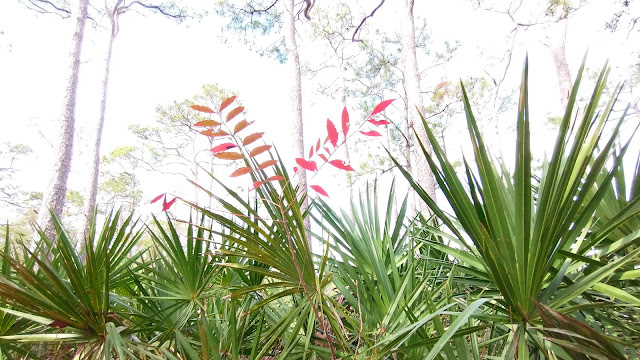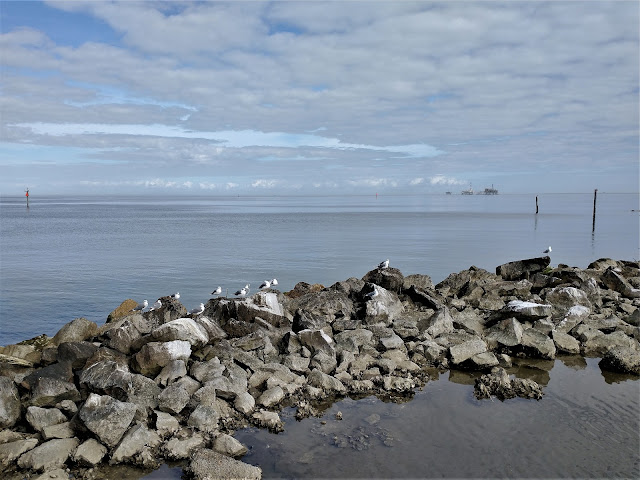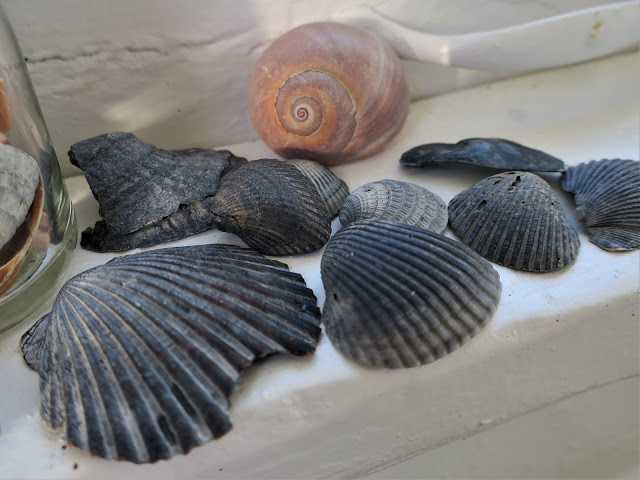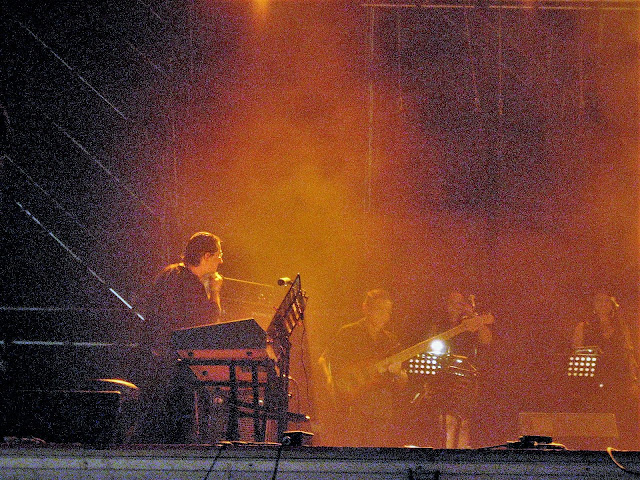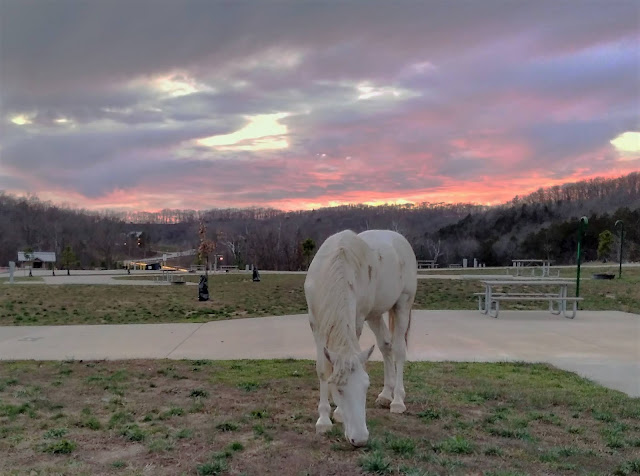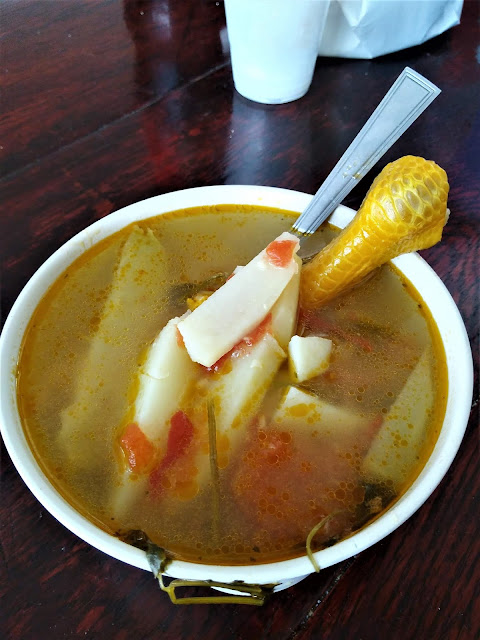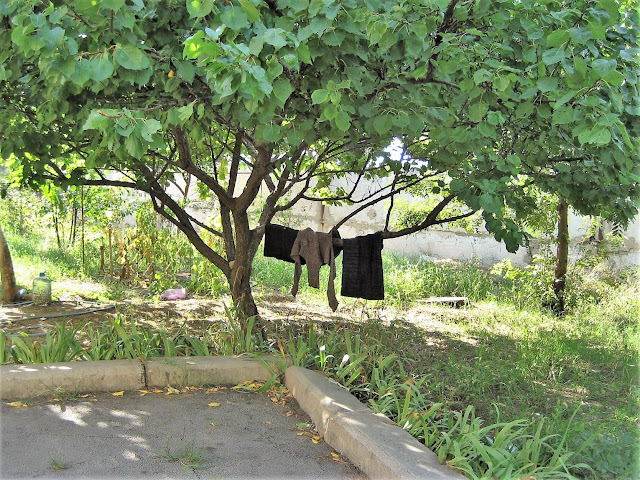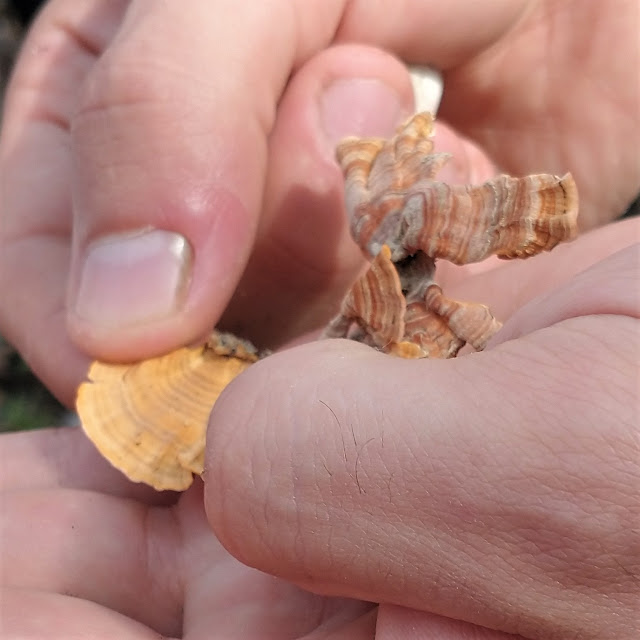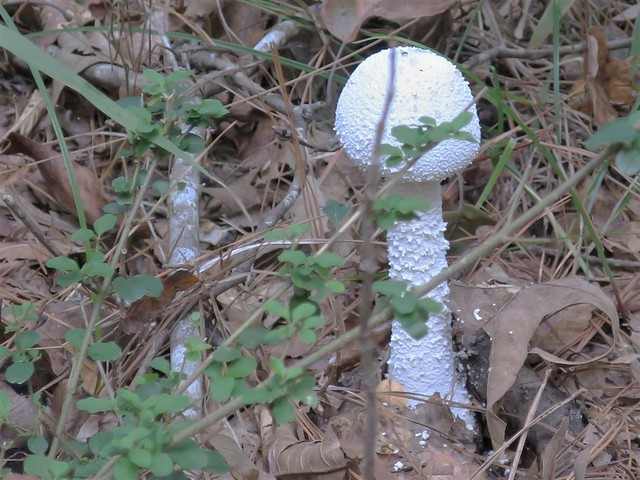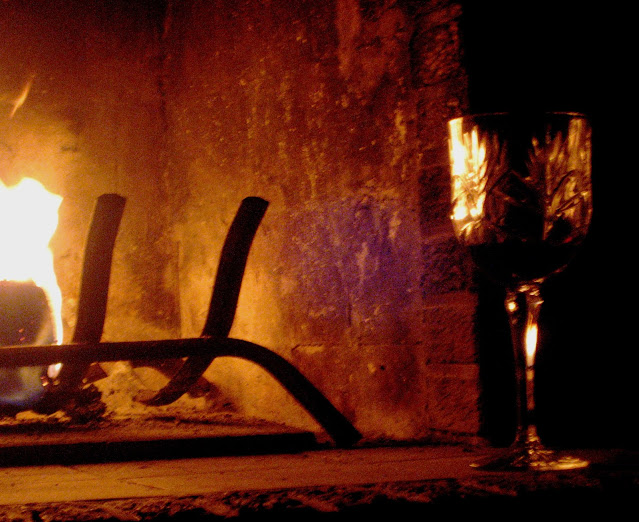 |
| A New Year's Eve fire and wine. Missouri. December, 2006 |
Tomorrow I'll launch my word of the year for 2022.
Today is a retrospective, as befits the last day of a year.
I inaugurated my Word of the Year in 2018. It felt a little schmaltzy, but that didn't deter me.
I intended to publish a word-of-the-year post on the first of each month. Mixed results, as you can see below.
2018: Courage
- January 2018: Courage 1: Malala
- February 2018: Courage 2: Audre Lorde
2019: Action
- January 2019: Action
- February 2019: Action: Legal Observers
- March 2019: Action: Penpal
- July 2019: Action: Escaping Despair
- August 2019: Action: Lipstick and Salvation
- September 2019: Action: A Refugee Shelter
2020: Build
- Word of the Year 2020: Build 1: After the Floods
- Word of the Year 2020: Build 2: Fronterista
- Word of the Year 2020: Build 3: "House"
- Word of the Year 2020: Build 4: Chosens
- Word of the Year 2020: Build 5: It Takes a Village
- Word of the Year 2020: Build 6: Elevation
- Word of the Year 2020: Build 7: Trail Building
- Word of the Year 2020: Build 8: Money
- Word of the Year 2020: Build 9: Health
- Word of the Year 2020: Build 10: Service and Activism
- Word of the Year 2020: Build 11: Relationships
- Word of the Year 2020: Build 12: Creative Life
- Word of the Year 2020 Lagniappe 13: My Rootless Goals
2021: Joy
- November 2020: Reserving My Word for 2021: Joy
- Joy 1: Word of the Year: Joy
- Joy 2: Music
- Joy 3: Surprise Vista
- Joy 4: Happy, Joyous, and Free
- Joy 5: The Science of Joy, Interrupted
- Joy 6: Color
- Joy 7: Birdsong
- Joy 8: Here and Now, Boys
- Joy 9: A Tomato and Onion Sandwich
- Joy 10: Let in Light
- Joy 11: Scentsuality
- Joy 12: Remembrances
The years since I inaugurated my words of the year haven't been easy ones.
I know I'm not alone in feeling this.
In 2018, personal things were happening that demanded courage, on top of three years of Trumpian stressors (beginning with his presidential campaign) that enveloped us all in an invisible cloud of radioactivity. An aunt died. An uncle died.
In 2018 and 2019, I could see up close and personal the ravages of our draconian attacks on the human rights of fellow humans who are making the most rational decisions they can to rescue themselves and their families from violence and poverty in their countries of origin by leaving all that is familiar to them and migrating to the US.
In 2020:
- COVID came.
- A friend died.
- An aunt died.
- My heretofore joyful embedment in my new communities - meeting new friends! joining new groups! live music in small venues! - also dead, due to COVID.
- The overt and covert racism that bloomed under the far right's New Infection, a pernicious systemic virus that continues to drag all of us down, which again, irresponsible representatives of the people discount, dismiss, and not only deny, but exacerbate. (Think of the almost-laughable panic about the possibility of critical race theory being taught in schools.)
In 2021 .... Oh what a fucking year it's been!
- My mother died.
- An aunt died a week later.
- Another aunt died early this month.
- My daughter, Kit, caught COVID (and fortunately, avoided a hospital stay
because of timely and effective outpatient treatments, e.g. monoclonal
antibodies therapy and at-home oxygen, but how frightening!).
- COVID dug in deeper, thanks in large part to the viral collaborators who refuse vaccines and such simple actions as masking, in addition to disparities in our global access to vaccines (and, probably, masks).
- An attempted insurrection against our national government that cravenly irresponsible "representatives of the people" discount, dismiss, and even deny.
- Reactionary movements to ban books in our libraries.
- A repressive, anti-woman, anti-abortion law went into effect in Texas, with some other regressive states flocking to follow suit.
- A mid-January 2022 trip to NYC, for which I booked flights and hotel in early November, and which I felt we could safely accomplish with careful precautions - I canceled it a week ago because of the omicron tsunami, projected to peak at exactly that time in New York.
Jesus.
Did the above laments make me feel better? I don't know. I don't even know why they came out in this post. But I'll just leave them there. Inshallah, maybe I'll revisit this in five years and see how things have changed. Or not.
But moving forward:
We still need to make lives for ourselves. Notice I said make lives for ourselves.
